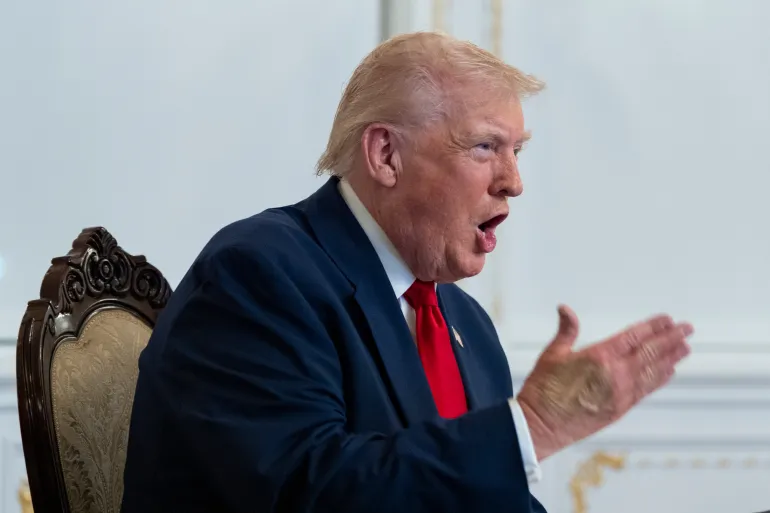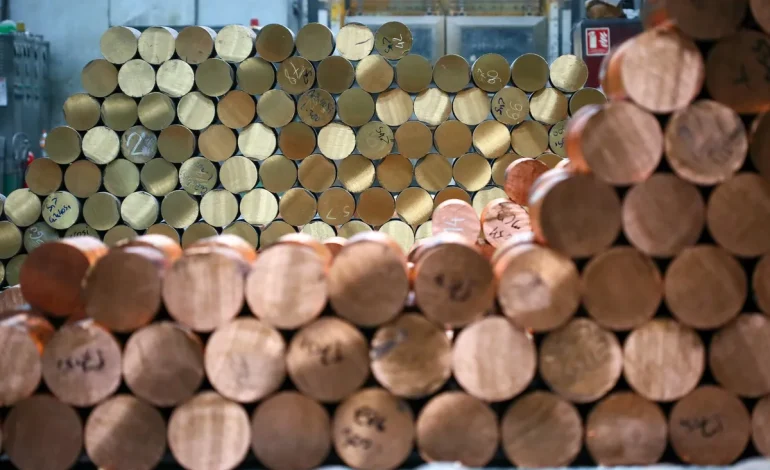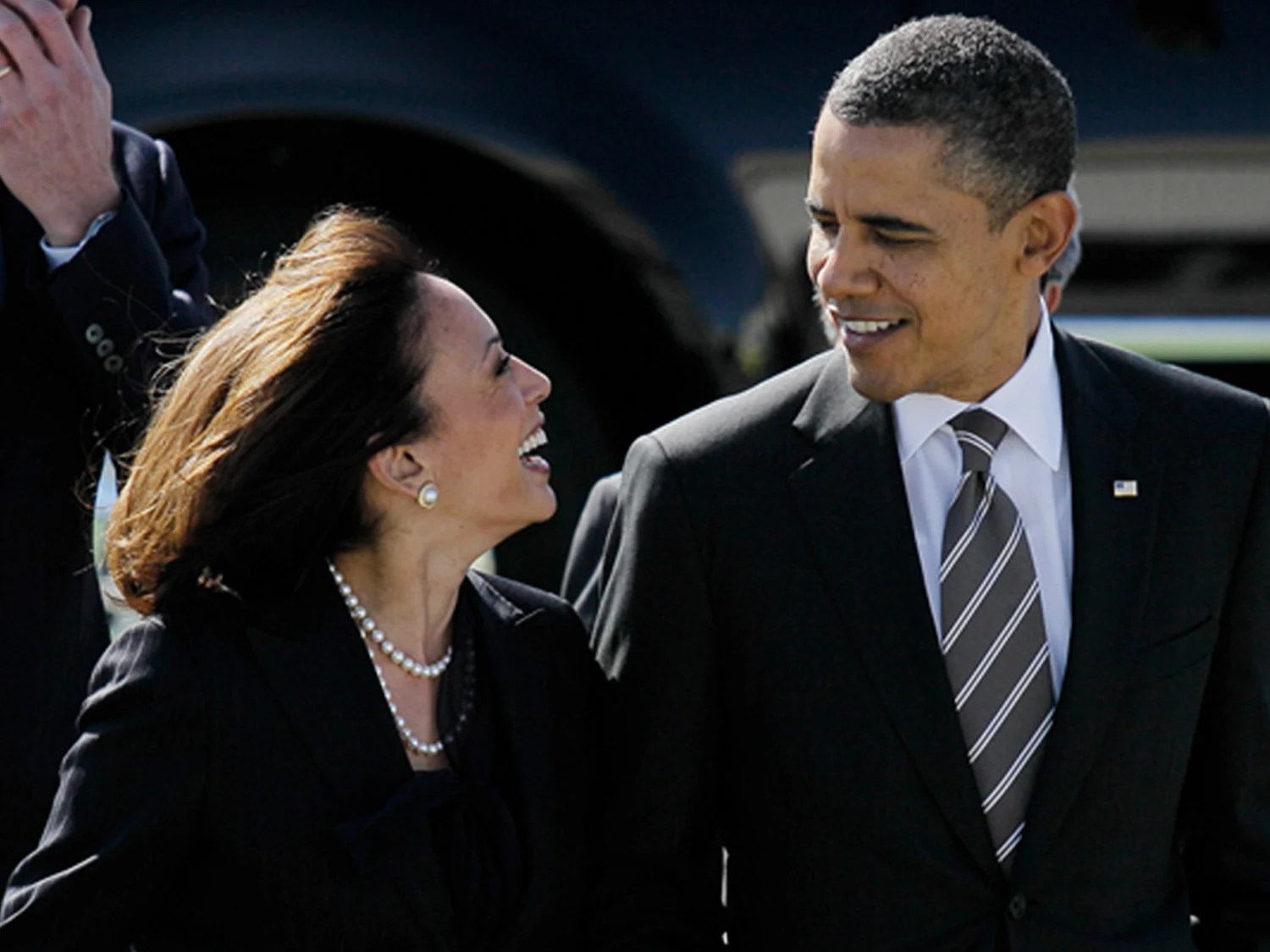President Donald Trump’s plan to impose a 50% tariff on imported copper beginning August 1 has jolted global commodity markets and sparked debate over the long-term feasibility and economic impact of reviving domestic copper production in the United States.
In a post on his Truth Social platform, Trump described the tariff as a step toward building a “dominant” US copper industry. The duty, which is twice the level expected by many analysts, will apply to both raw copper and semi-finished products, including materials critical to power grids, data centers, electric vehicles, and military equipment.
Copper is considered a strategic material due to its widespread use in electrical infrastructure, electronics, and clean energy technologies. Currently, nearly half of the copper consumed in the US is imported, primarily from Chile (38%), Canada (28%), and Mexico (8%). US officials argue that over-reliance on foreign copper poses a national security risk, particularly as demand grows alongside the energy transition and digitalization.
Trump’s administration initiated a Section 232 investigation earlier this year to determine whether copper imports threaten national security—a legal pathway that allows for trade restrictions without congressional approval. A follow-up executive order in March also invoked emergency powers to fast-track domestic metals and mining projects.
The announcement has caused copper futures on the US Comex exchange to soar, rising 13% in a single session — the biggest one-day gain since 1989. US copper prices are now trading about 28% above the international benchmark on the London Metal Exchange (LME). This divergence has created a major arbitrage opportunity for global commodity traders like Trafigura, Mercuria, Glencore, and IXM, who have shipped record volumes of copper into the US in recent months in anticipation of the tariff.
Analysts estimate that these firms may have collectively earned more than $300 million by capitalizing on the price gap, with over 600,000 metric tons of copper stockpiled in the US since the November election.
While the US holds the world’s seventh-largest copper reserves, its domestic smelting and refining capacity lags significantly behind global leaders like China. Currently, only two copper smelters — in Arizona and Utah — remain operational, and US annual copper production stands at 850,000 tons, compared to a domestic consumption of 1.6 million tons in 2024.
Experts caution that reviving domestic production won’t be quick. Major mining projects such as Resolution Copper in Arizona and Twin Metals in Minnesota are stalled by permitting delays. Revamping idle facilities, such as Grupo México’s Hayden smelter, could help but would still take significant investment and time.
“It takes 10 years just to explore for copper,” said Sabrin Chowdhury, head of commodities research at BMI. “It could take 20 to 30 years to build out enough capacity to materially reduce import reliance.”
Supporters of the tariff argue that it will strengthen national security, reduce dependency on geopolitical rivals, and create jobs. They point to copper’s essential role in defense systems, semiconductors, and clean energy infrastructure as justification for intervention.
Skeptics, however, warn of unintended consequences. Analysts say the tariff will raise input costs for American manufacturers and potentially slow down projects in renewable energy and data infrastructure that require large amounts of copper. Some, like Hamilton Capital Partners’ Alonso Munoz, warn of market volatility and price corrections if trade policy shifts again.
Meanwhile, commodity investors like Corestone Capital’s Will McDonough see long-term value.
“Copper is underappreciated given its importance to the future of energy and technology,” he said, though he acknowledged current prices might be inflated due to short-term reactions.
With input from CNBC, the Financial Times, Bloomberg, and Reuters contributed to this report.










The latest news in your social feeds
Subscribe to our social media platforms to stay tuned